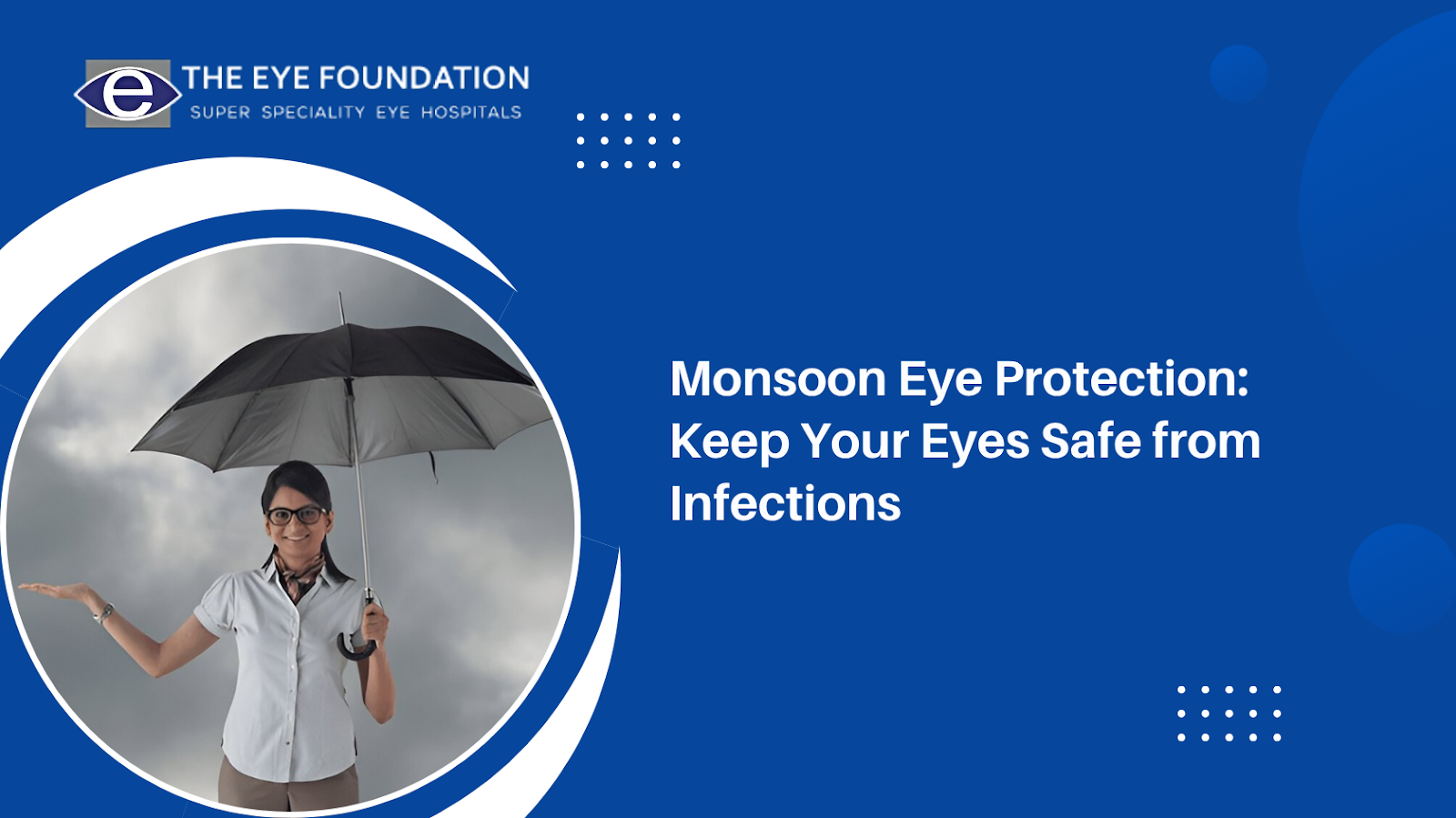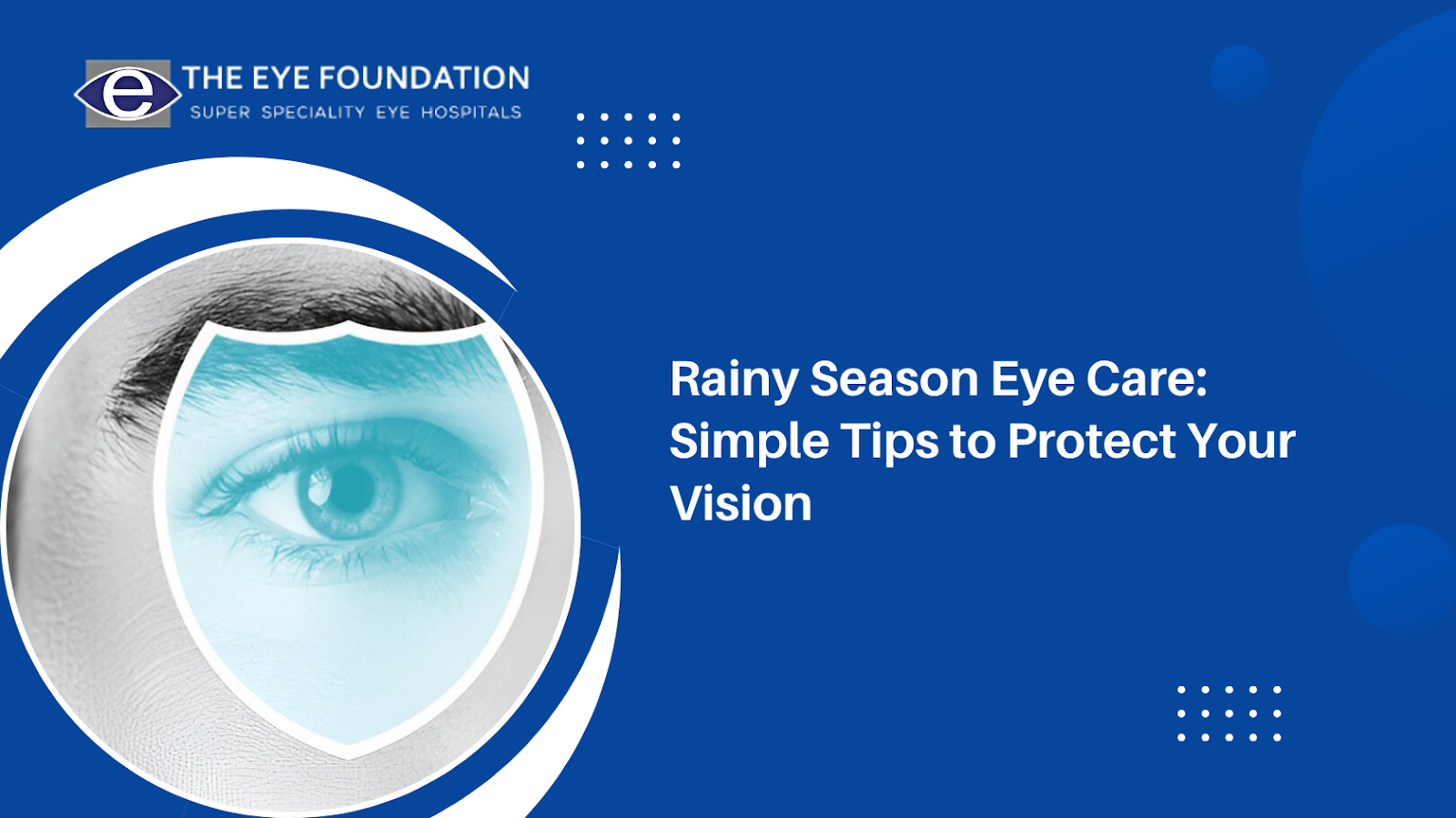Ocular paralysis or commonly referred to as “crossed eyes” or “wandering eyes” is a condition whereby the eyes do not appear to be focused in the same direction. This misalignment can impact a child’s vision, depth perception, and even their self-esteem. That is why children who are diagnosed with strabismus need to have frequent eye examinations to control this problem successfully. In this article, you will learn about the significance of eye checkups, how often you should visit an ophthalmologist based on age, and what happens at the checkups.
Why Regular Eye Exams are Crucial for Children with Strabismus
This disease is not only an aesthetic problem, but also a pathology that requires treatment to avoid vision disorders. A person with this condition should have eye check-ups frequently so that the eye doctors can observe the disease’s progression and the efficiency of the treatments being offered besides observing for any signs of the development of complications. Follow up visits can also be done to avoid long term vision issues such as amblyopia or lazy eye and also to make sure that the treatments given are appropriate to the growth of the child.
If you want to know more, check out our Strabismus or Squint Eye page and get valuable information.
Recommended Frequency of Eye Exams Based on Age and Condition Severity
Infants and Toddlers (0–3 Years)
This is because treatment of the condition during infancy is most effective, and hence early detection is important. The infants below 3 years should see an eye doctor after every 3 – 6 months. Such monitoring in this stage is important so that any major changes in the eye alignment or vision development are detected on time.
Preschool-Age Children (4–6 Years)
This is when many children start with more formal interventions like wearing glasses or using eye patches. In the case of the child’s condition, the exams can be held every six to twelve months. This frequency enables eye doctors to make necessary modifications to the treatment in order to ensure gradual improvement of eye positioning and vision.
School-Age Children (7+ Years)
School going children should have their eyes checked every 12 months. Yet, if a child has a severe type of strabismus or if the symptoms worsen, a child may need more frequent visits. Reading and screen time also increase in school age children and therefore often require vision check to determine any effect on vision.
Factors Influencing Exam Frequency
The following are some of the things that determine the frequency with which the child with strabismus should visit the eye specialist. These include:
- Severity of the Condition: The extent of the strabismus may dictate how closely the child should be watched.
- Treatment Type: For children who are receiving special therapies such as patching or corrective lenses, more follow up may be necessary to determine the efficacy of the recommended treatments.
- Family History: A past history of strabismus or other eye diseases may also require more check-ups than usual.
- Symptoms: Any changes in eye alignment, if the patient is experiencing double vision, or if the patient complains of headaches, there will be a need for a follow-up examination.
Common Treatment Options for Strabismus and Their Impact on Exam Frequency
Various treatments may affect how often a child should go to the eye doctor. Common treatments for strabismus include:
- Glasses: In some children misalignment can be corrected with the help of prescription glasses. The prescription stays effective because the patient is subjected to frequent examinations.
- Patching: It is normal to wear an eye patch over the weaker eye in order to help build up its ability. The check-ups are also crucial in evaluating the progress and about the time to patch the hole again.
- Surgery: At times, surgery can be required to treat the misalignment of the jawbone in relation to the other bones in the skull. Routine checkups are crucial in assessment of the healing process and any other treatment that may be required in future. These follow-ups can be scheduled at a specialized Eye hospital in Coimbatore for better monitoring.
All of these treatments are time-consuming and need close observation of the child’s response to the treatment in order to modify it where necessary.
What to Expect During Routine Eye Exams
The examination of children with strabismus involves several tests that are done during routine eye check ups. Here’s what parents can generally expect:
- Visual Acuity Test: Assesses the ability of a child to see objects at varying ranges.
- Eye Alignment Test: Evaluates the cooperative function of both eyes and determines whether there is an eye-turning problem.
- Eye Muscle Evaluation: Evaluates the state and role of the eye muscles, through which eye movements occur.
These are not invasive exams and are in fact suitable for children. The eye doctors employ certain instruments and friendly approaches that will ensure the child does not undergo a lot of stress.
When to Schedule Additional Exams
However, it is not only the regular check-ups that a child with strabismus may require but there are conditions under which an extra examination is necessary. Parents should consider scheduling an additional visit if they notice:
- Worsening eye alignment
- Eye problems such as seeing double or seeing objects that appear to be blurry.
- Headaches after visual activities such as reading, watching television or movies, using the computer or driving a car.
- A tendency to strain or squint the eyes more often
Such symptoms may signal the onset of a change in the disease process or the need to modify therapy.
Schedule Your Appointment Today!
Follow up eye check up is crucial to the child with strabismus to ensure that his or her vision and eye alignment is okay. These tests make sure that if any changes are needed to make your child see clearly and live comfortably, they are made.
If your child has been diagnosed with strabismus, the best thing to do is act. Go to The Eye Foundation right now and book an appointment for your child to improve his or her vision as much as possible.






